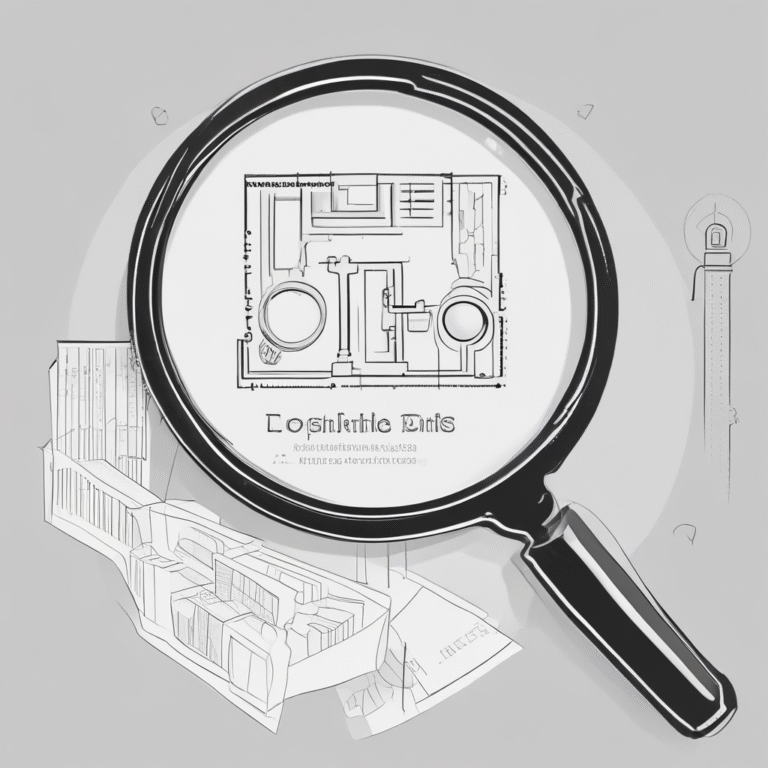Understanding the EU AI Act: Defining General-Purpose AI Models
The EU AI Act introduces a framework for regulating artificial intelligence, specifically focusing on the categorization of AI models. A key aspect of this legislation is the definition of a General-Purpose AI model (GPAI model). Any entity or individual placing an AI model on the EU Market must determine if it qualifies as a GPAI model, which is essential for compliance with the Act.
Definition of General-Purpose AI Model
The Act defines a GPAI model as follows: “General-purpose AI model means an AI model, including where such an AI model is trained with a large amount of data using self-supervision at scale, that displays significant generality and is capable of competently performing a wide range of distinct tasks regardless of the way the model is placed on the market and that can be integrated into a variety of downstream systems or applications, except AI models that are used for research, development or prototyping activities before they are placed on the market.”
This definition encompasses several critical requirements:
- Existence of an AI model
- Significant generality
- Capability to perform a wide range of distinct tasks
- Capability to be integrated into downstream systems or applications
Components of an AI Model
The initial component of the GPAI model definition is the existence of an AI model. While the Act does not provide a specific definition, two recognized institutions have contributed to the understanding:
- The International Organisation for Standardisation (ISO) defines an AI model as “a physical, mathematical or otherwise logical representation of a system, entity, phenomenon, process or data.”
- The National Institute of Standards and Technology describes an AI model as “a component of an information system that implements AI technology and uses computational, statistical, or machine-learning techniques to produce outputs from a given set of inputs.”
These definitions imply that an AI model acts as a component of a larger AI system and is typically trained on vast datasets, integrating various AI techniques. However, it cannot function independently without additional components, such as a user interface.
Significant Generality
To qualify as a GPAI model, the AI model must demonstrate significant generality. Recital 98 of the AI Act suggests that models with “at least a billion parameters and trained with a large amount of data using self-supervision at scale” exhibit significant generality. Key factors include:
- Number of parameters
- Amount of training data
The EU Commission has introduced a simplified metric known as training compute, measured in floating-point operations (FLOPs), to assess significant generality. A model must perform at least 1023 FLOPs to be considered a GPAI model.
This threshold simplifies the evaluation process by consolidating the assessment into one metric instead of two. However, providers might face challenges in estimating the actual training compute, which can be approximated by tracking GPU usage or estimating based on the model’s architecture.
Performing a Wide Range of Distinct Tasks
An essential criterion for an AI model to be categorized as a GPAI model is its ability to competently perform a wide range of distinct tasks. Language generation is particularly relevant here, as models capable of generating text or speech are generally seen as advanced and versatile.
For example, models that can analyze text, reason, and solve complex problems are indicative of a GPAI model, even if they do not meet the specified training compute threshold. Moreover, models that generate various content types may also qualify as GPAI models if they possess multiple features and flexibility in content generation.
Integration into Downstream Systems or Applications
It is crucial to note that a GPAI model, when standalone, does not constitute a complete AI system. It requires integration with additional components, such as user interfaces, to function effectively within an AI system. Providers must comply with the EU AI Act regulations applicable to both the GPAI model and the overall AI system.
Conclusion
In summary, a General-Purpose AI model is defined by its training on large datasets, its capacity for complex computation, and its ability to provide outputs across various applications. The criteria for classification can be distilled into three main aspects: complexity, size, and versatility. It’s important to recognize that a standalone AI model does not equate to an AI system without further integration.










